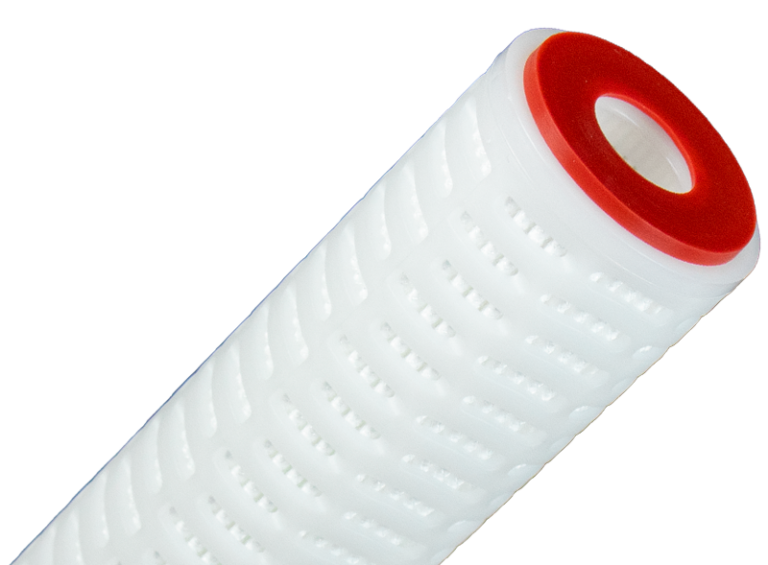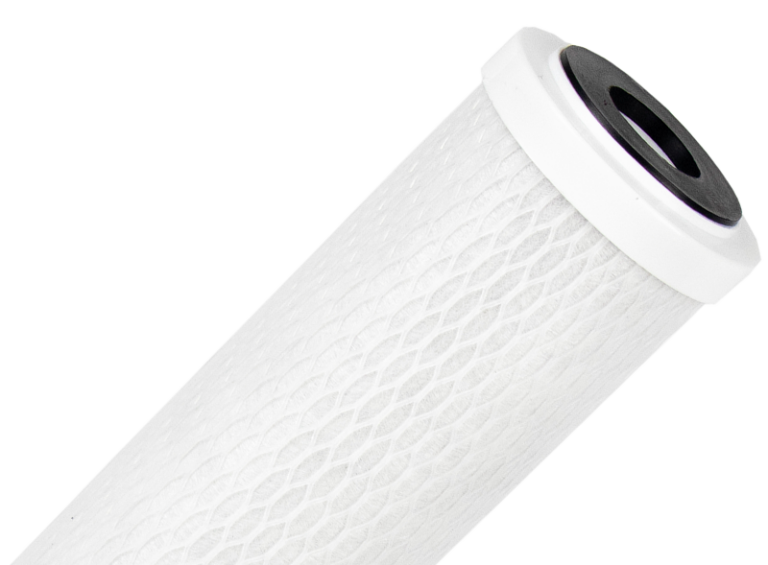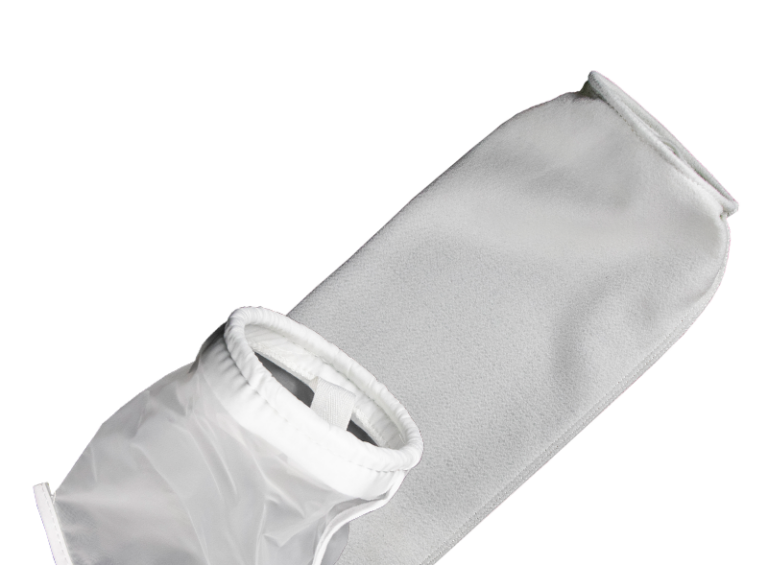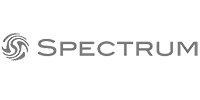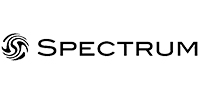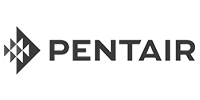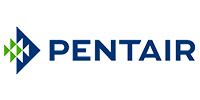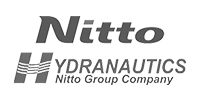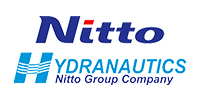In today’s world, for many applications, it is fundamental to have access to clean and safe water. As a dedicated process filtration and water treatment supplier, we understand the crucial role that different filtration methods play in removing contaminants from a supply. Here are 5 methods to remove contaminants from water, so you can apply the most efficient way to purify water for your application.
1. Depth & Surface Filtration: sieving out impurities
Imagine water flowing through a fine mesh that captures particles larger than a certain size, depth and surface filtration is exactly that. Trapping sediment, debris and larger contaminants, depth and surface filtration successfully sieve out impurities from a water supply. Depth filtration is designed to be able to remove a range of particle sizes, whereas surface filtration is generally more efficient and used to target specific particle sizes.
2. Bag Filtration: capturing particles for pure water quality
Simple to use and easy to install, bag filters successfully capture sediment, debris and larger contaminants. With different styles, materials and sizes available, a bag filter thrives where large volumes of fluid need processing and when particulate or dirt holding is high. Utilising bag filtration in an application is used across many industries, from paints and lacquers to food and beverage processing.
3. Carbon Filtration: adsorbing organic compounds
Activated carbon creates a chemical reaction to waterborne pollutants, relying on carbon’s ability to adsorb organic compounds and certain chemicals. As water passes through a bed of activated carbon, contaminants are attracted to the porous surface, effectively removing them from the water supply. This method is highly effective for removing chlorine and chloramine, as well as unpleasant tastes, odours, and even pesticides.
4. Reverse Osmosis: separating dissolved contaminants out
Reverse osmosis is a process in which water is de-mineralised/de-ionised by being forced under pressure through a semi-permeable membrane. This method is renowned for its ability to remove a wide range of dissolved contaminants, including salts, ions and organics. Reverse osmosis is widely used in both residential and industrial settings, making it a versatile solution for water purification.
5. Ion Exchange: swapping ions for purity
Typically in the form of a resin bed, ion exchange removes ions from the water by swapping them with ions of the same charge. This method is used for removing specific contaminants like heavy metals, hardness and nitrates. As water flows through the resin, undesirable ions are exchanged for harmless ones, resulting in a desirable water supply.

